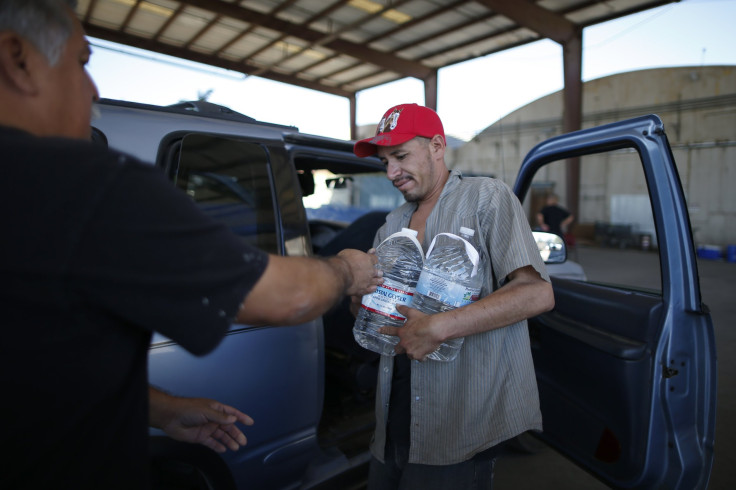
Gov. Jerry Brown was met with criticism and counter criticism last Wednesday after he announced an emergency executive order aimed at dealing with California’s ongoing water crisis. Officially called Executive Order B-29-15, the Brown’s rules aim for a 25 percent reduction in urban potable water use. Rural water use, including agriculture, was largely spared. Critics argue that the agricultural sector uses 80 percent of the state’s water but only accounts for 2 percent of the state economy.
Brown signaled in an interview on Sunday that he would consider limited measures that might increase water prices for farms. For example, he’d consider undoing loopholes that allow some older farmers to access their water rights at lower cost than competitors. Brown faced criticism from the press, who charged that his policies were unfair because of their focus on urban areas. For example, almond production alone is reported to account for more water use than San Francisco and Los Angeles combined.
However, there’s more at stake than almond production and lawns. Now it its fourth year, the drought has wounded California’s agricultural industry as a whole. On the front lines are disproportionate number of Latino immigrant laborers, fighting to keep crops going. They’re often working for second and third generation Hispanic farm owners, whose Mexican and Portuguese ancestors found success in California’s fertile valleys. Generations of sweat, investment, and tradition are now threatened. Orchards have already failed, leaving dead groves of orange trees and browned fields of crops abandoned in a parched sun. Cattle ranches are scaling back, selling off stock as parched grasses fail to feed them. Resisting pressure to spread water restrictions to rural farms, Brown argues that they’ve already taken a huge hit.
“The farmers have fallowed hundreds of thousands of acres of land," Brown told ABC’s Martha Raddatz. "They’re pulling up vines and trees. Farm workers who are very low end of the economic scale here are out of work. There are people in agriculture areas that are really suffering.”
Immigrants Bear The Brunt Of Drought
Among those suffering the most are immigrant farmworkers, who account for over 60 percent of the labor force in the California’s fields. Struggling farms are cutting back hours, while failing orchards and ranches are laying off workers entirely. That’s hitting farming areas across the Central Valley, where reductions in agricultural wages are driving many towns into poverty (or in many cases, deeper into poverty). In the past, these communities rallied behind leaders César Chavez, achieving unity against political foes. Now that the livelihoods of their constituents face an existential threat, how will Latino farmworker organizations respond to California’s water crisis?
Organizations like the United Farm Workers (UFW) have traditionally focused on working conditions, immigrant’s rights, and securing unions. Drought, long left on the back burner, may need to work it’s way up the agenda César Chavez. The UFW welcomed drought relief in 2014, which consisted of state-funded projects to increase irrigation infrastructure. The group has not commented on urban water restrictions, and the resulting backlash among city dwellers. Short term, the UFW is likely to fight any calls for changes in agricultural water prices or availability. Long term, Latino-oriented agricultural workers’ unions may have to prioritize issues like climate change in the same way they take on immigration and worker’s rights.
© 2024 Latin Times. All rights reserved. Do not reproduce without permission.